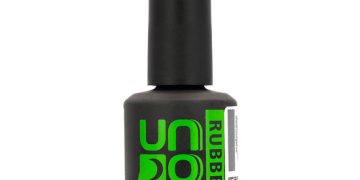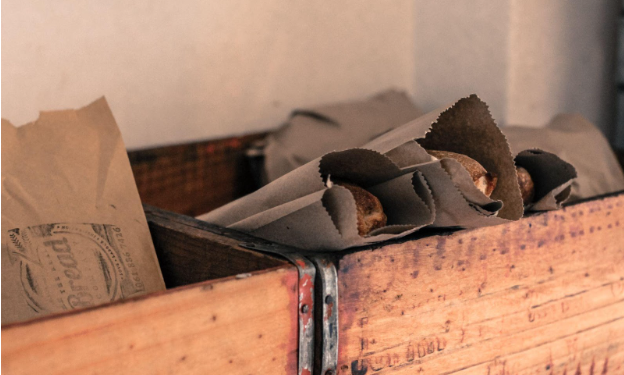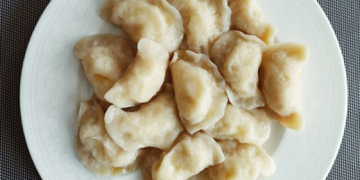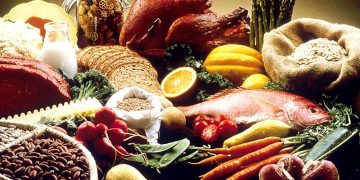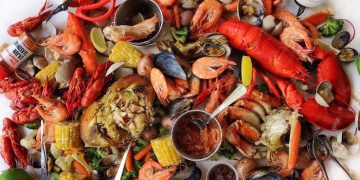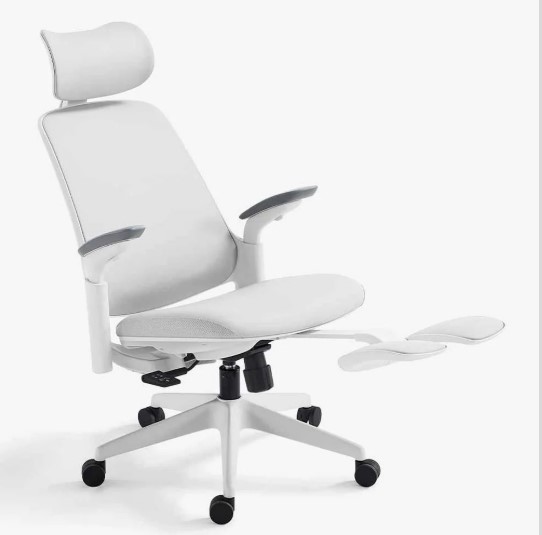Food packaging protects food from damage, pest attacks, contamination, spoiling, and manipulation throughout transportation, storage, and retail sale. The amount of the contents, ingredients, cooking directions (if applicable), nutritional content, and shelf life are frequently listed on the container.
The package must be created and chosen in such a way that it does not have any negative interactions with the food. Bags, bottles, cans, take out containers wholesale, cartons, and trays are examples of packaging types.
Many vital functions are served by packing. They can be divided into the following categories.
1. Containment
Paper-based containers, with a sealing device to prevent moisture ingress into the product, are the best for granular products. Metal cans, plastic bags and bottles, and glass containers are used to package other products. Another consideration in containment is packing durability—that is, the packed food must withstand shipping from the food production site to the supermarket and then to the consumer’s home.
2. Protection
The food must be protected from biological agents like rats, insects, and microorganisms, as well as mechanical damage such as compressive forces, product abrasion, and vibration. Also, chemical deterioration like moisture transfer, oxidation, and ultraviolet light.
3. Communication
For consumer use, packaged food should be recognized, mostly through label text and visuals. It can also be achieved by using unique food packaging shapes, such as the Coca-Cola bottle or the Spam can.
Potato chip bags and milk bottles are two other well-known food container forms. These packets also include nutritional information as well as whether or not they are kosher or halal certified. The label may also state whether or not it is safe to microwave the packed food (such as a TV supper).
4. Environmental issues
We must’ve been willing to reuse, recycle, or decrease the magnitude of packaging in order to safeguard the environment.
5. Package Safety
Researchers must guarantee that a particular form of food package is safe to use for the food in question and that there are no detrimental interactions between the package and the food before employing it. Any metal contamination from a can to the food product, as well as any polypropylene contamination from a bottle to the food product, falls within this category.
6. Product Access
When the user is ready to use the product, the packaging must make it easily accessible. Pour spouts on milk cartons, for example, make it simple to dispense the milk.
7. Marketing
Marketers can utilize labeling and packaging to persuade potential buyers to buy their products. Food presentations that are aesthetically nice and enticing can stimulate people to think about the contents.
For decades, package design has been a significant and ever-changing phenomenon. The surface of the box and (in many situations) the point of sale display are covered in marketing communications and graphic design. The color of the package has a big impact on eliciting emotions that urge the customer to buy.
8. Portion Control
To restrict usage, single-serving packaging has an exact amount of contents. Bulk goods (such as salt) can be broken into more manageable packets for individual households. It also helps with inventory control by selling sealed one-liter milk bottles rather than requiring customers to bring their own bottles to be filled.
9. Security
The package can help to relieve some of the security problems that come with shipping. To prevent tampering, packages can be made more tamper-resistant with the help of security package tape and with tamper-evident features that aid to detect interference.
Some package structures are more resistant to pilferage, and some contain pilfer-indicating seals. Authentication seals on packages may be used to assist identify whether the package and its contents are genuine.
Anti-theft devices, such as dye packs, electronic article surveillance tags, and RFID tags can also be included in packages and can be activated or detected by equipment at exit points, requiring specialist gear to deactivate. Retail loss prevention can be accomplished by utilizing packaging in this manner.
10. Barrier Protection
A barrier against oxygen, water vapor, dust, and other contaminants is frequently necessary. Permeation is an important consideration in design. A key function is to keep the contents clean, fresh, and safe for the desired shelf life. Certain food containers also have an altered or regulated environment. To aid lengthen shelf life, some packages include desiccants, oxygen absorbers, or ethylene absorbers.
11. Containment Or Agglomeration
To make handling easier, little products are usually put together in one box. Containment is required for liquids, powders, and granular materials.
12. Information Transmission
The packaging or label contains directions about how to use, transfer, recycle, or dispose of the container or product. Certain types of data are required by governments. The rule not only applies to food packaging but to everything else that comes in a quality package.
For example, if a flight jacket custom lacks any information about how to wash or dry the item, the client might face challenges or perform something that spoils the quality. As a result, the brand will lose a customer and face a loss. The same goes for food brands.



